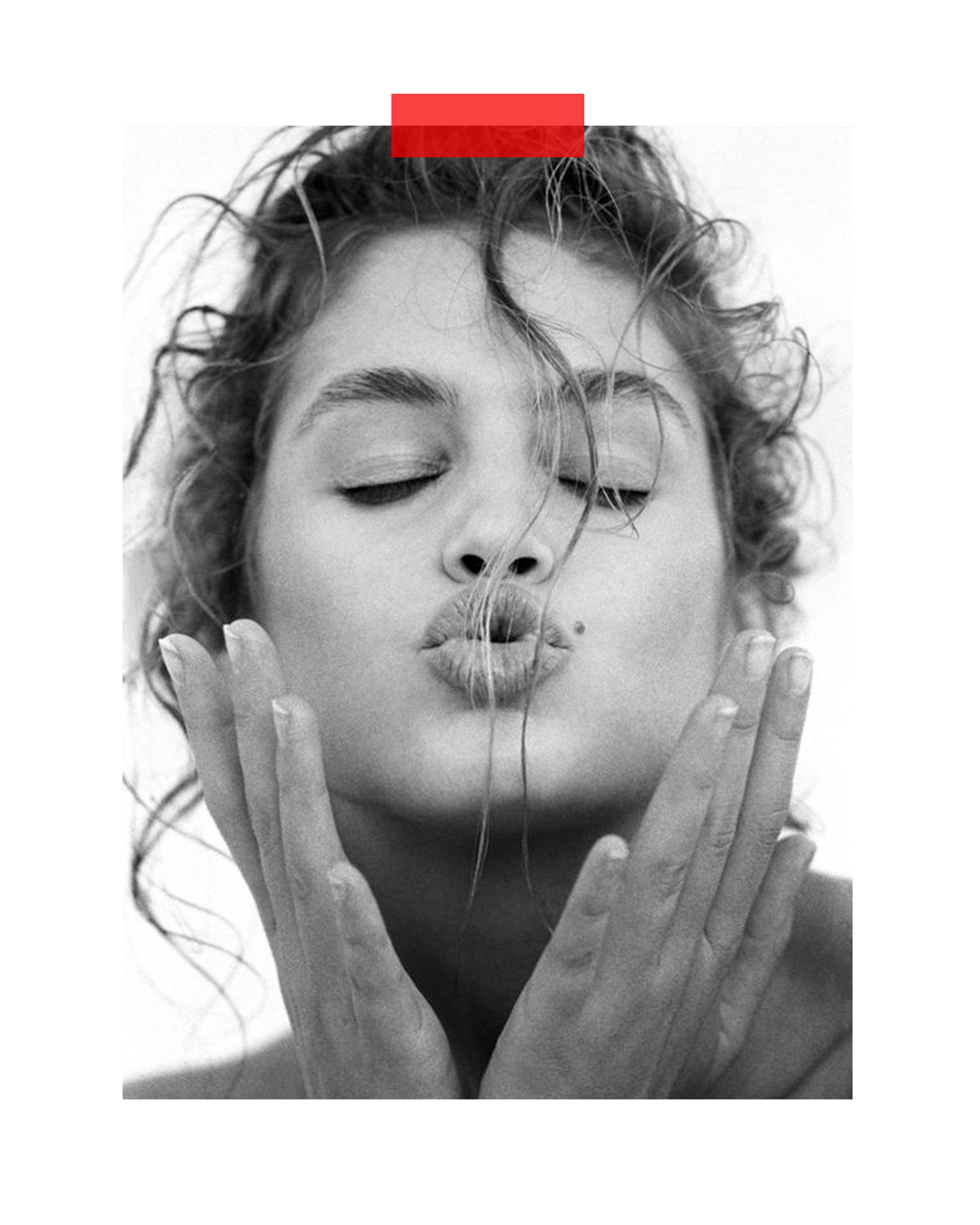Skin tightening refers to aesthetic treatments designed to improve the firmness, elasticity, and overall contour of the skin, counteracting the effects of gravity and the natural aging process. As we age, the skin loses its youthful tautness primarily due to the decline in production and quality of collagen and elastin, the essential proteins that provide structural support and resilience. While traditional surgical facelifts offer dramatic results, a growing demand for non-invasive and minimally invasive options has led to significant advancements in skin tightening technologies, providing effective solutions with less downtime.
Understanding Skin Laxity
Skin laxity, or sagging skin, is primarily caused by:
- Collagen Degradation: Collagen fibres become fragmented, disorganised, and their production slows down.
- Elastin Damage: Elastin fibres lose their ability to recoil, leading to reduced skin snap-back.
- Volume Loss: Diminishment of underlying fat pads and bone resorption contributes to a hollowed, sunken appearance and less structural support for the skin.
- Gravity: Constant gravitational pull exacerbates sagging over time.
- Lifestyle Factors: Sun exposure, smoking, and poor nutrition accelerate the aging process.
Mechanisms of Skin Tightening Treatments
Most skin tightening treatments work by leveraging the body's natural healing response to stimulate new collagen and elastin production. This is typically achieved by delivering controlled energy (heat or focused sound waves) to the deeper layers of the skin, causing a micro-injury or thermal effect that triggers a regenerative cascade.
The main mechanisms include:
- Collagen Contraction: Immediate heat causes existing collagen fibres to contract, providing an instant (though temporary) tightening effect.
- Neocollagenesis: The controlled damage stimulates fibroblasts (cells that produce collagen) to produce new, healthier collagen over several weeks to months.
- Elastin Remodelling: Some technologies also stimulate the repair and reorganisation of elastin fibres.
- Fat Remodelling/Reduction (for some devices): Certain technologies can also target and reduce localised fat pockets, further refining contours.
Key Types of Skin Tightening Treatments
Skin tightening treatments can be broadly categorised by the energy source they utilise:
- Radio Frequency (RF) Energy:
- Mechanism: Uses electromagnetic waves to generate heat in the deeper dermal layers. This heat stimulates collagen production and causes existing collagen fibres to contract.
- Examples: Thermage, Exilis Ultra 360, Morpheus8 (RF Microneedling).
- Benefits: Versatile, can treat face and body. Improves skin tone, texture, and firmness. Often comfortable with minimal downtime. RF microneedling (e.g., Morpheus8) combines RF with microneedling to deliver heat more precisely and at deeper levels, enhancing collagen remodeling and addressing textural concerns.
- Ultrasound Energy (HIFU - High-Intensity Focused Ultrasound):
- Mechanism: Delivers highly focused ultrasound energy to specific depths beneath the skin (including the dermis, subcutaneous fat, and even the SMAS layer – the same layer targeted in a surgical facelift) to create thermal coagulation points. This triggers a powerful collagen regeneration process.
- Examples: Ultherapy, Sofwave, Ultraformer III.
- Benefits: Known for delivering a significant lift and tightening effect. Often requires fewer sessions than RF, with results appearing gradually over months. Targets deeper foundational layers without damaging the skin surface.
- Laser Technology:
- Mechanism: Uses various laser wavelengths to heat the deeper layers of the skin, stimulating collagen production and tightening. Some are non-ablative (heating without damaging surface), others are fractional ablative (creating microscopic injury channels).
- Examples: Endolift (minimally invasive laser fibre), non-ablative lasers for general tightening.
- Benefits: Can improve skin tone, texture, and address fine lines alongside tightening.
- Microneedling (with or without RF):
- Mechanism: Creates thousands of microscopic punctures in the skin, triggering the body's natural wound-healing response, which includes significant collagen and elastin production. When combined with RF, heat is delivered directly into the dermis for enhanced tightening.
- Examples: Traditional Microneedling (CIT), RF Microneedling (e.g., Morpheus8).
- Benefits: Excellent for overall skin rejuvenation, improving texture, tone, and mild laxity. Addresses fine lines, pores, and scarring effectively.
- Injectables (Collagen Stimulators & Volumisers):
- Mechanism: Some injectables, beyond simply adding volume, stimulate the body's own collagen production.
- Examples: Sculptra (PLLA), Radiesse (CaHA), and even certain types of hyaluronic acid "skin boosters" (like Profhilo) can improve skin quality and firmness.
- Benefits: Addresses volume loss that contributes to sagging, and directly stimulates collagen for improved skin quality.
Expected Results and Considerations
- Gradual Improvement: Most non-invasive skin tightening treatments work by stimulating your body's natural collagen production, so results appear gradually over several weeks to months as new collagen is laid down.
- Cumulative Effects: A series of treatments is typically recommended (e.g., 3-6 sessions) to achieve optimal and long-lasting results. Maintenance treatments may be advised periodically.
- Minimal Downtime: A significant advantage of non-invasive options is generally very minimal or no downtime, allowing clients to resume normal activities immediately. Some treatments may cause temporary redness, swelling, or mild discomfort.
- Consultation is Key: A thorough consultation with a qualified dermatologist or aesthetic professional is crucial. They will assess your skin laxity, discuss your aesthetic goals, and recommend the most appropriate technology or combination of treatments based on your individual needs, skin type, and desired outcome.
- Realistic Expectations: While these treatments offer significant improvement, they are not a substitute for surgical procedures in cases of severe skin laxity. They provide a natural-looking enhancement.
Skin tightening technologies represent an exciting frontier in aesthetic medicine, offering sophisticated, customisable solutions to rejuvenate the complexion and restore a more youthful, firm, and contoured appearance without extensive surgical intervention
